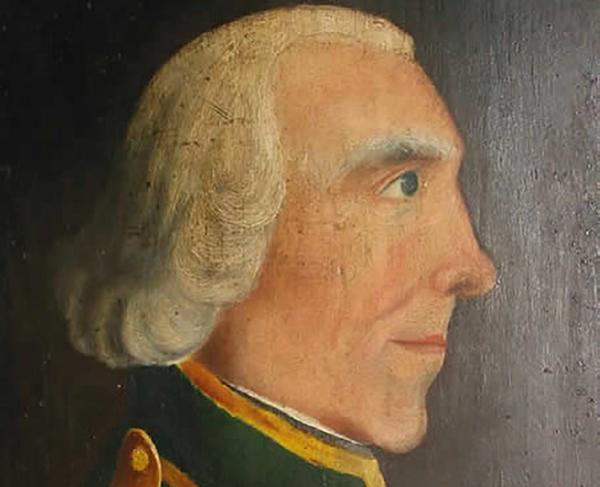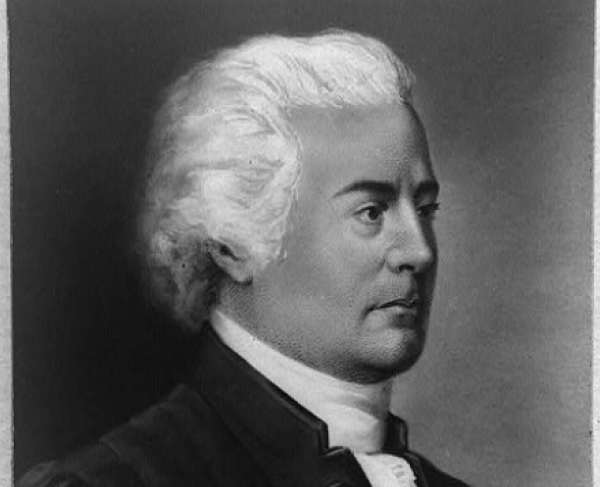John Butler

John Butler, pioneer and settler, became one of the early heroes of British Canada after its annexation from France, but he was born it what is now Connecticut in 1728, and lived much of his life in what became the state of New York. We know little of John Butler’s early life, but his father, Walter, was an officer in the British Army, who moved his family to the New York frontier around the Mohawk Valley after receiving land there from the government for his services. Though European settlements did exist in central New York at that time, much of the land was populated by the Iroquois Confederacy or Haudenosaunee, a semi-independent federation of six related nations (Mohawk, Seneca, Cayuga, Oneida, Onondaga and Tuscarora) that maintained their dominance of the area through military alliances with the British, and by allowing them access to the lucrative fur trade. This meant that young John probably had frequent contact with various Amerindian settlements as a child, learning several of their languages, which later allowed him to serve in the vital role of interpreter for English merchants. He married Catherine Bradt in 1752 and his eldest son, Walter, was born soon after.
Interpreters became more vital than ever when the French and Indian War broke out in 1755 and the Six Nations were some of the few Indians aligned with the British. Butler received his own commission as a lieutenant in the Indian Department of the British Army, and as the son of a military man, found it easy to adapt to the new situation. His knowledge of native languages proved invaluable in the recruitment of Indian scouts and irregulars, reporting the findings of their intelligence networks to his superiors and even leading them into battle at Fort Frontenac and the capture of Fort Niagara. By the time General Jeffrey Amherst captured Montreal, Butler had been promoted to captain and was second in command of all Indian forces in the army. He continued his previous line of work after the war ended, earning enough money to build a new estate in Mohawk territory, making him one of the wealthiest settlers on the frontier.
Butler’s experience as a soldier and his contacts with the Iroquois proved invaluable once again during the Revolutionary War, during which he and his family were entirely loyal to Britain. He received yet another commission as Lt. Colonel, and as such formed one of the most dangerous irregular units in the British Army: Butler’s Rangers. This guerilla unit, made up of English, Iroquois and freed slaves, worked throughout the Niagara and Great Lakes frontier, targeting vulnerable forts and ambushing Patriot troops. The unit also gained an exceptional reputation for brutality. John Butler personally commanded the Rangers at the Battle of Wyoming (in Pennsylvania’s Wyoming Valley), which saw the execution of more than three hundred Continentals, and his son Walter took the blame for a similar event at Cherry Valley. But though Walter was unceremoniously shot and killed by his enraged opponents, it was the Iroquois who suffered most of the consequences. General John Sullivan launched a campaign in 1779 through Central New York, destroying around 40 Indian villages in the process. John and the Rangers made several attempts to halt their progress, but to no avail. The Loyalist Rangers continued to raid the frontier for the rest of the war.
After the war, the Crown granted Butler some land around the Niagara area in recognition of his sacrifices and gave him a new leadership position in the Indian Department. From their he also became an important political figure, establishing Ontario’s Masonic guild and strengthened the presence of the Anglican Church. He died at his home at the age of 68 and was buried in the family cemetery.

